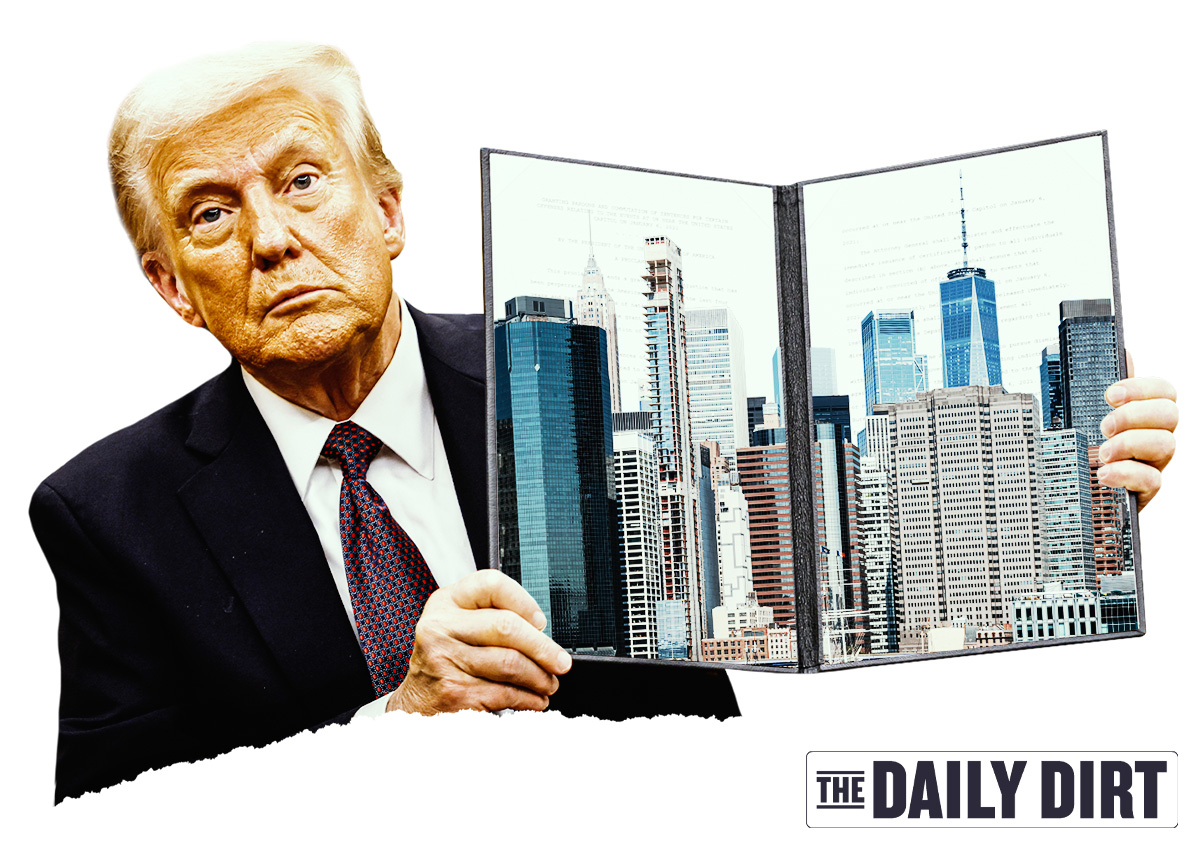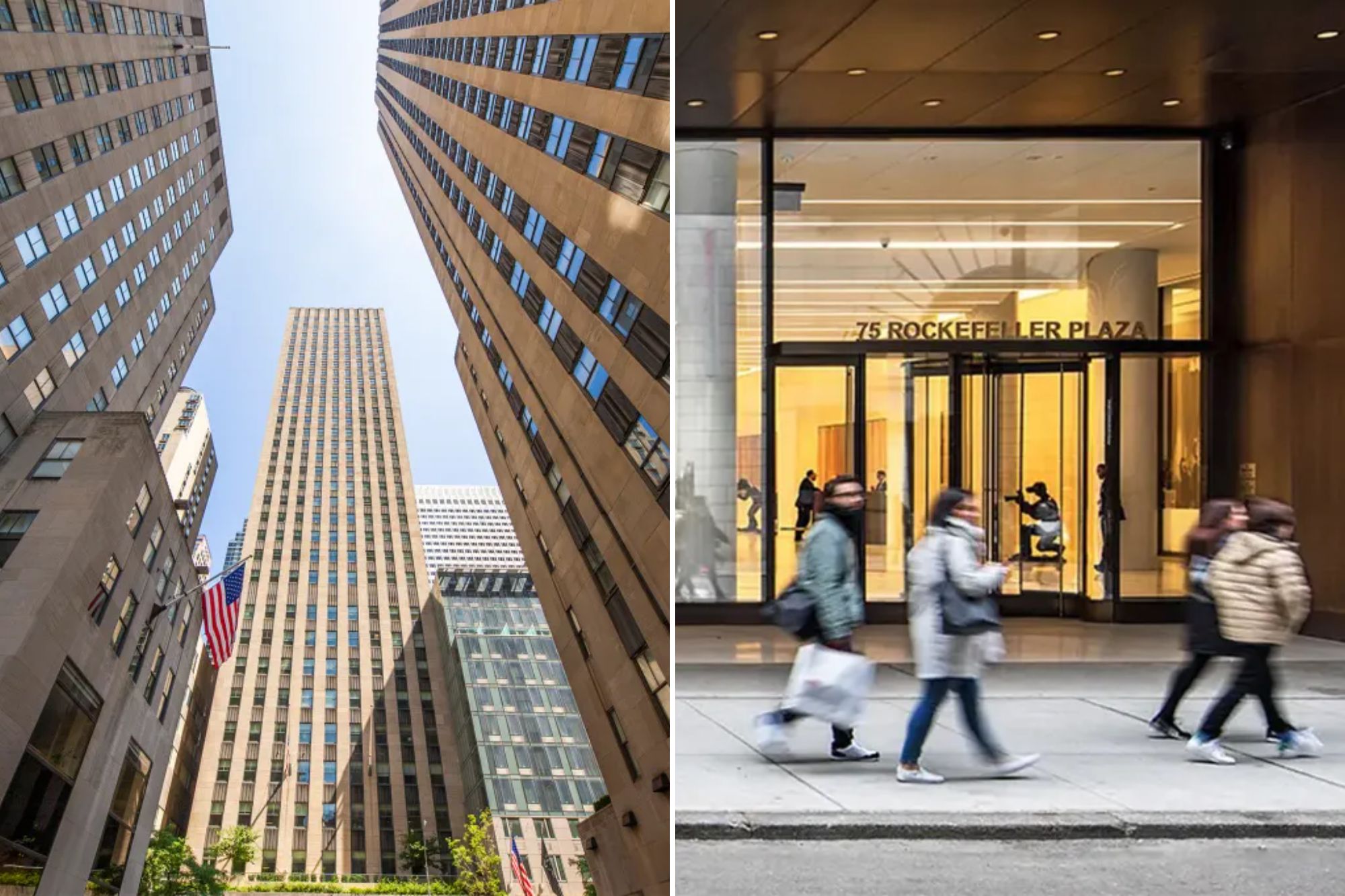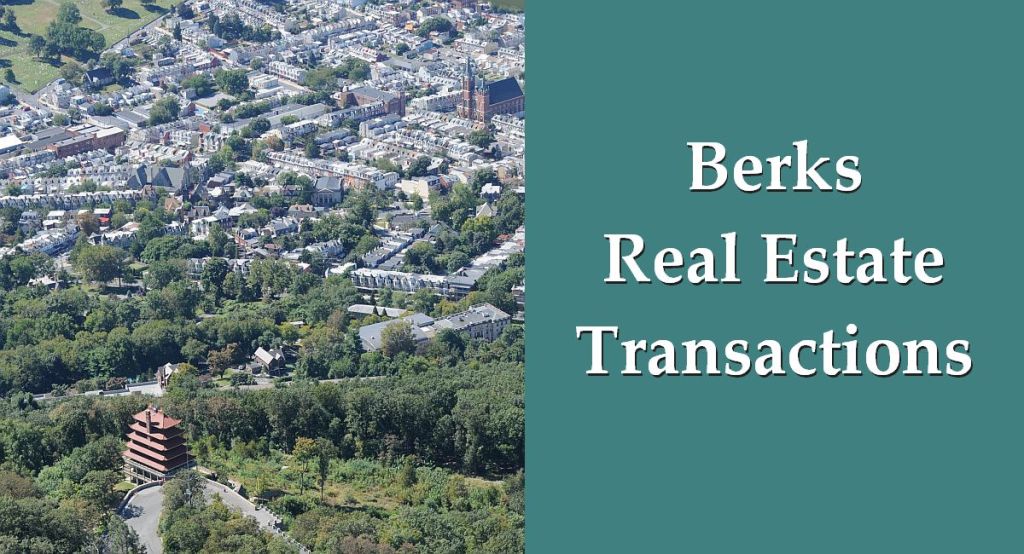A
reader took issue with my article on President Donald Trump's executive order on housing, asking what the point was and why I didn't mention other initiatives like Opportunity Zones. Let me clarify: The executive order aimed to reduce Americans' expenses in general, but I focused on housing since that's our area of expertise. I didn't discuss Opportunity Zones because they seem unrelated to the order.
The article was written with a point of view, as most of my work is. Readers can call it opinion or analysis – I don't mind. The premise was that housing costs stem largely from local decisions, such as zoning and building codes, which are beyond Trump's control. He could use his influence to encourage cities and suburbs to allow more housing units, but he hasn't shown a willingness to do so.
Opportunity Zones did spur multifamily projects by offering tax breaks, but it's unclear how many of those projects would have happened without the incentive. An impartial review is needed before deciding whether to renew or expand the program. The original goal was to attract investment in downtrodden areas, not address housing shortages. Any new housing is better than none, but let's not pretend Opportunity Zones were designed for that purpose.
To truly reduce rents and prices, we need mixed-income housing in tight markets, particularly in high-opportunity areas where people can move up the economic ladder. These areas don't qualify as Opportunity Zones, highlighting a potential flaw in the program.
In other news, it seems unlikely that President Trump and Elon Musk want federal employees to return to the office because they think it will boost productivity. It's possible they're trying to reduce government size by encouraging some employees to quit.















